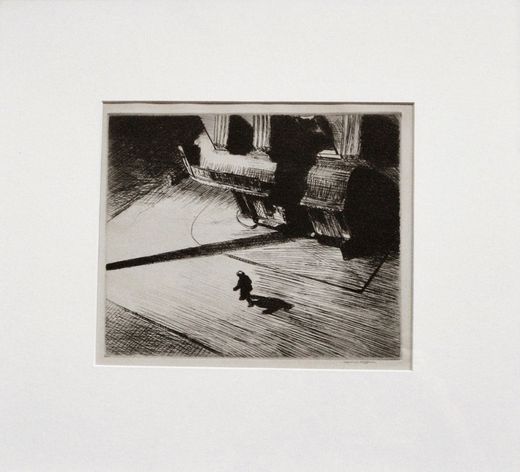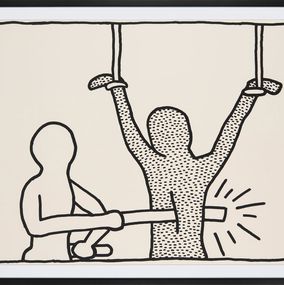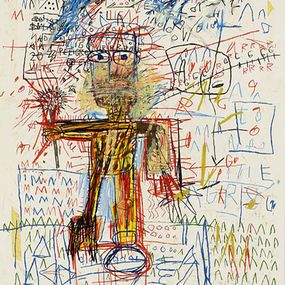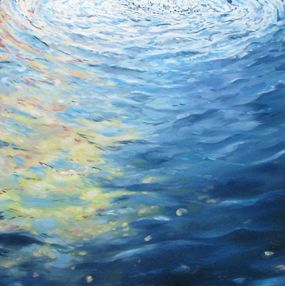

If you could say it in words, there would be no reason to paint.
Biography
Edward Hopper emerged as a defining figure in 20th-century realism, capturing the essence of modern life through his stark and unsettling scenes. His paintings, characterized by spare architecture, desolate interiors, coastal vistas, and cityscapes, skillfully play with light and shadow, evoking a profound sense of isolation. Notably, Nighthawks (1942), perhaps his most famous work, portrays three patrons seated in a brightly lit diner against a backdrop of dark and empty streets, encapsulating the theme of urban alienation.
Hopper's artistic journey gained momentum after his inaugural solo exhibition in 1920 at the Whitney Studio Club, a precursor to the renowned Whitney Museum of American Art. This marked the beginning of his commercial and curatorial recognition. In 1952, Hopper represented the United States at the prestigious Venice Biennale, further solidifying his status on the international stage.
His impactful legacy is evident in the acquisition of his works by esteemed institutions such as the Art Institute of Chicago, the Metropolitan Museum of Art, the Carnegie Museum of Art, and the Museum of Modern Art. Additionally, on the secondary market, Hopper's paintings have commanded prices reaching into the multimillion-dollar range, underscoring the enduring appeal and value of his contribution to the art world.
Nationality
Artistic movements






















